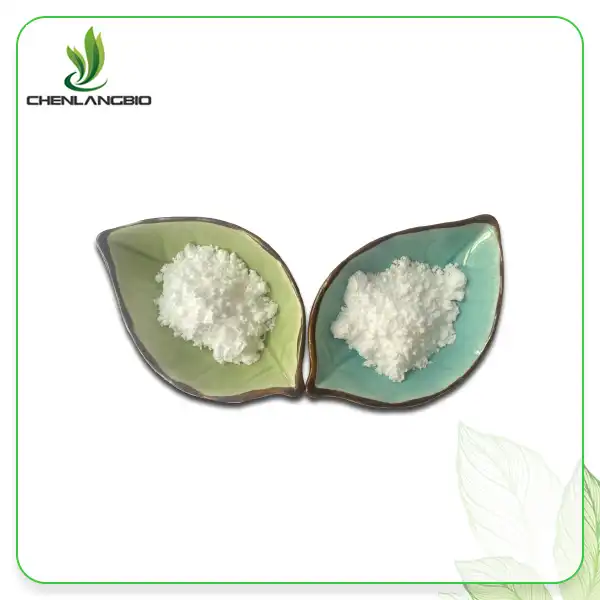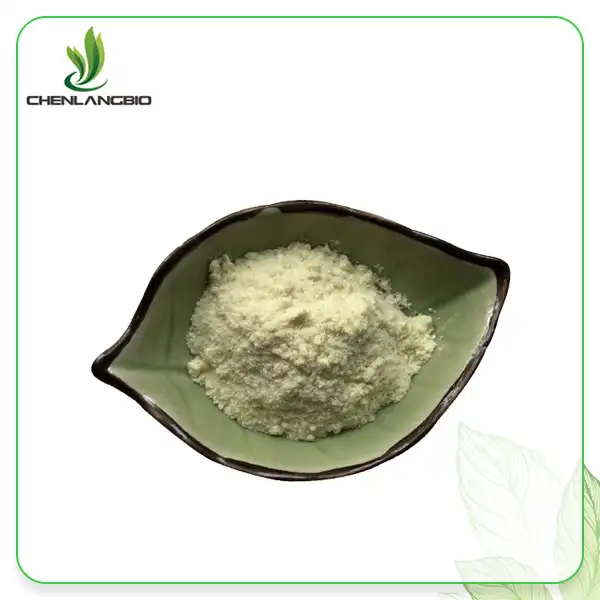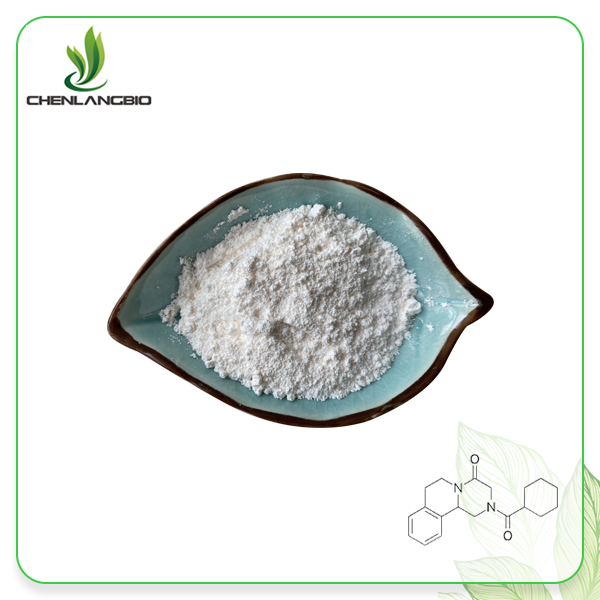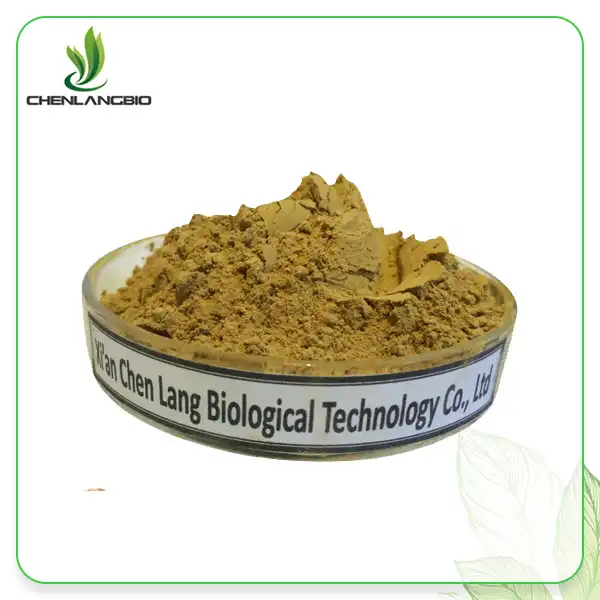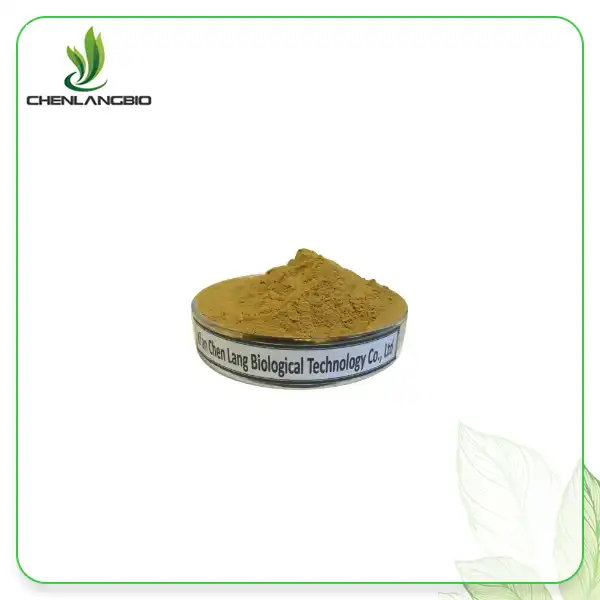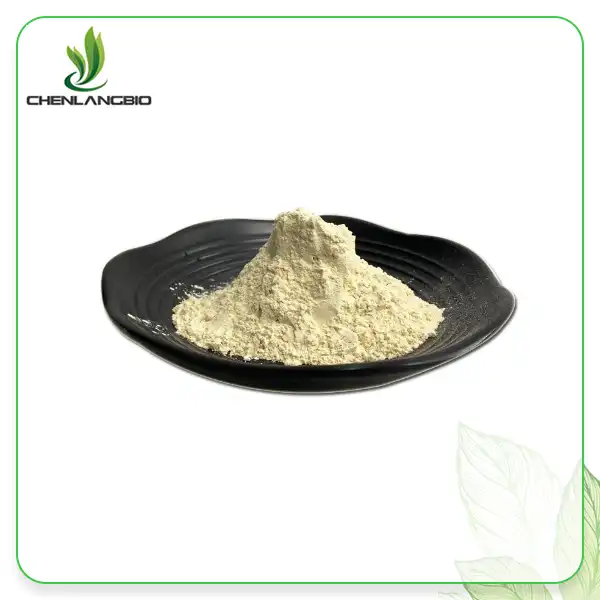Helichrysum Arenarium Flower: A Holistic Remedy
2025-05-20 18:02:28
Helichrysum Arenarium, also known as dwarf everlast or immortelle, is a remarkable plant that has been used for centuries in traditional medicine. This golden-flowered herb, native to Eastern Europe and parts of Asia, has gained attention for its diverse therapeutic properties. In this comprehensive guide, we'll delve into the antioxidant prowess of Helichrysum, explore its applications in herbal medicine, and provide some practical DIY recipes using helichrysum arenarium flower extract. Whether you're a natural health enthusiast or simply curious about holistic remedies, this article will shed light on the potential benefits of this fascinating plant.
Exploring the Antioxidant Properties of Helichrysum
The Science Behind Helichrysum's Antioxidant Power
Helichrysum Arenarium has garnered significant interest in the scientific community due to its potent antioxidant properties. These properties stem from the plant's rich composition of bioactive compounds, including flavonoids, phenolic acids, and essential oils. Research has shown that these components work synergistically to neutralize harmful free radicals in the body, potentially reducing oxidative stress and inflammation. A study published in the Journal of Ethnopharmacology found that extracts from Helichrysum Arenarium exhibited strong antioxidant activity, comparable to that of vitamin C. This finding suggests that the plant may play a role in protecting cells from oxidative damage, which is implicated in various chronic diseases and the aging process.
Comparative Analysis with Other Antioxidant-Rich Plants
When compared to other well-known antioxidant-rich plants, helichrysum arenarium flower extract holds its own. While plants like green tea and blueberries are often touted for their antioxidant content, Helichrysum offers a unique profile of compounds that set it apart. For instance, it contains arzanol, a prenylated phloroglucinol α-pyrone, which has demonstrated both antioxidant and anti-inflammatory properties in laboratory studies. Moreover, the antioxidant capacity of Helichrysum extends beyond its ability to scavenge free radicals. Research indicates that it may also enhance the body's own antioxidant defense systems, potentially offering a more comprehensive approach to cellular protection.
Potential Health Implications of Helichrysum's Antioxidant Activity
The robust antioxidant profile of Helichrysum Arenarium has led researchers to investigate its potential health implications. Preliminary studies suggest that the plant's antioxidant properties may contribute to various health benefits, including:
- Cardiovascular health support
- Neuroprotective effects
- Skin health and anti-aging properties
- Liver function support
While these findings are promising, it's important to note that more research, particularly human clinical trials, is needed to fully understand the extent of Helichrysum's health benefits and its potential applications in preventive medicine and therapeutic interventions.
Helichrysum in Herbal Medicine: What You Need to Know?
Historical Use of Helichrysum in Traditional Medicine
The use of Helichrysum Arenarium in traditional medicine dates back centuries, particularly in Eastern European and Mediterranean cultures. Historically, the plant has been employed for a wide range of ailments, showcasing its versatility as a medicinal herb.
In folk medicine, Helichrysum was often used to treat:
- Digestive disorders
- Respiratory conditions
- Skin ailments
- Inflammatory conditions
The flowers were typically prepared as infusions or decoctions, while the essential oil extracted from the plant was used topically for skin conditions and muscle aches. This long-standing use in traditional healing practices has piqued the interest of modern researchers, leading to scientific investigations into the plant's therapeutic potential.
Modern Research on Helichrysum's Medicinal Properties
Contemporary scientific research has begun to validate many of the traditional uses of Helichrysum Arenarium, while also uncovering new potential applications. Some of the key areas of study include:
- Anti-inflammatory effects: Several studies have demonstrated the anti-inflammatory properties of Helichrysum extracts, which may be beneficial in conditions such as arthritis and inflammatory skin disorders.
- Antimicrobial activity: Research has shown that helichrysum arenarium flower extract possesses antimicrobial properties against a range of bacteria and fungi, suggesting potential applications in treating infections.
- Liver protection: Some studies indicate that Helichrysum may have hepatoprotective effects, potentially aiding in liver function and detoxification processes.
- Wound healing: Preliminary research suggests that Helichrysum may promote wound healing, likely due to its anti-inflammatory and antimicrobial properties.
Integrating Helichrysum into Modern Holistic Practices
As interest in natural and holistic health practices continues to grow, Helichrysum Arenarium is finding its place in modern wellness routines. Here are some ways it's being integrated:
- Aromatherapy: Helichrysum essential oil is prized in aromatherapy for its calming and grounding effects. It's often used to promote relaxation and emotional balance.
- Skincare: The antioxidant and anti-inflammatory properties of Helichrysum make it a popular ingredient in natural skincare products, particularly those targeting aging skin or inflammatory conditions.
- Herbal supplements: Helichrysum extracts are available in supplement form, often marketed for their potential benefits to liver health and overall wellness.
- Topical preparations: Creams and ointments containing Helichrysum are used in some holistic practices for treating muscle aches, bruises, and skin conditions.
While the integration of Helichrysum into modern holistic practices is promising, it's crucial to approach its use with caution and under the guidance of a qualified healthcare practitioner. As with any herbal remedy, potential interactions with medications and individual sensitivities should be considered.
DIY Recipes Using Helichrysum Arenarium Extract
Helichrysum-Infused Skin Serum
Creating your own skin serum with helichrysum arenarium flower extract can be a rewarding way to harness the plant's potential skin benefits. Here's a simple recipe to try:
Ingredients:
- 1 oz (30 ml) Jojoba oil
- 5 drops Helichrysum essential oil
- 3 drops Lavender essential oil
- 2 drops Frankincense essential oil
Instructions:
- In a small, dark glass bottle, combine the jojoba oil with the essential oils.
- Gently roll the bottle between your palms to mix the oils thoroughly.
- Apply a few drops to cleansed skin, focusing on areas of concern or general use for overall skin health.
This serum may help promote skin healing, reduce the appearance of scars, and provide antioxidant protection to the skin.
Helichrysum Relaxation Bath Soak
A relaxing bath infused with Helichrysum can be a wonderful way to unwind and potentially benefit from the plant's soothing properties. Try this simple bath soak recipe:
Ingredients:
- 1 cup Epsom salts
- 1/4 cup baking soda
- 5 drops Helichrysum essential oil
- 3 drops Lavender essential oil
- 2 drops Chamomile essential oil
Instructions:
- Mix all ingredients in a glass bowl.
- Add the mixture to warm running bath water.
- Soak for 15-20 minutes, breathing deeply to inhale the aromatic benefits.
This bath soak may help relax muscles, soothe the skin, and promote a sense of calm and well-being.
Helichrysum Wellness Tea Blend
While Helichrysum Arenarium is not commonly used as a tea on its own, it can be combined with other herbs to create a wellness-promoting blend. Here's a recipe to try:
Ingredients:
- 1 tsp dried Helichrysum flowers
- 1 tsp dried Chamomile flowers
- 1 tsp dried Lemon Balm leaves
- 1/2 tsp dried Peppermint leaves
- Honey to taste (optional)
Instructions:
- Combine all dried herbs in a tea infuser or tea bag.
- Place in a cup and pour over boiling water.
- Steep for 5-7 minutes.
- Remove the herbs, add honey if desired, and enjoy.
This herbal blend may offer a combination of calming, digestive-supporting, and antioxidant properties. However, it's important to note that the effects of Helichrysum when consumed as a tea are not well-studied, so moderation is key.
Remember, while these DIY recipes can be a fun way to explore the potential benefits of Helichrysum, they are not substitutes for professional medical advice or treatment. Always consult with a healthcare provider before starting any new herbal regimen, especially if you have existing health conditions or are taking medications.
Conclusion
Helichrysum Arenarium, with its rich history and promising modern applications, stands out as a fascinating plant in the world of holistic remedies. From its potent antioxidant properties to its diverse uses in traditional and modern herbal medicine, Helichrysum offers a wealth of potential benefits. As research continues to unfold, we may discover even more about this golden flower's capacity to support health and wellness. If you want to get more information about this helichrysum arenarium flower extract, you can contact us at admin@chenlangbio.com.
References
1. Czinner, E., Hagymási, K., Blázovics, A., Kéry, Á., Szőke, É., & Lemberkovics, É. (2001). The in vitro effect of Helichrysi flos on microsomal lipid peroxidation. Journal of Ethnopharmacology, 77(1), 31-35.
2. Albayrak, S., Aksoy, A., Sagdic, O., & Hamzaoglu, E. (2010). Compositions, antioxidant and antimicrobial activities of Helichrysum (Asteraceae) species collected from Turkey. Food Chemistry, 119(1), 114-122.
3. Kladar, N., Srđenović, B., Grujić, N., Bokić, B., Rat, M., Anačkov, G., & Božin, B. (2015). Ecologically and ontogenetically induced variations in phenolic compounds and biological activities of Helichrysum arenarium (L.) Moench. Molecules, 20(10), 19707-19728.
4. Tepe, B., Sokmen, M., Akpulat, H. A., & Sokmen, A. (2005). In vitro antioxidant activities of the methanol extracts of four Helichrysum species from Turkey. Food Chemistry, 90(4), 685-689.
5. Gradinaru, A. C., Silion, M., Trifan, A., Miron, A., & Aprotosoaie, A. C. (2014). Helichrysum arenarium subsp. arenarium: phenolic composition and antibacterial activity against lower respiratory tract pathogens. Natural product research, 28(22), 2076-2080.
6. Lourens, A. C. U., Reddy, D., Başer, K. H. C., Viljoen, A. M., & Van Vuuren, S. F. (2004). In vitro biological activity and essential oil composition of four indigenous South African Helichrysum species. Journal of Ethnopharmacology, 95(2-3), 253-258.
Send Inquiry
Related Industry Knowledge
- Pelargonium Sidoides Extract: Benefits and Side Effects
- How Does Sodium Methylesculetin Acetate Function in Oral Care Products?
- Is Kopexil Effective for Hair Regrowth?
- The Science Behind Lupinus Albus Extract and Its Benefits
- How Long Does Sildenafil Powder Last? Effects and Duration
- What is the Function of Ectoine
- What is Ectoine in Eye Drops
- How Is Polyphenol Good for You
- Does Melatonin Help you Sleep
- Is Tongkat Ali Extract Powder Eurycomanone Powder Safe


